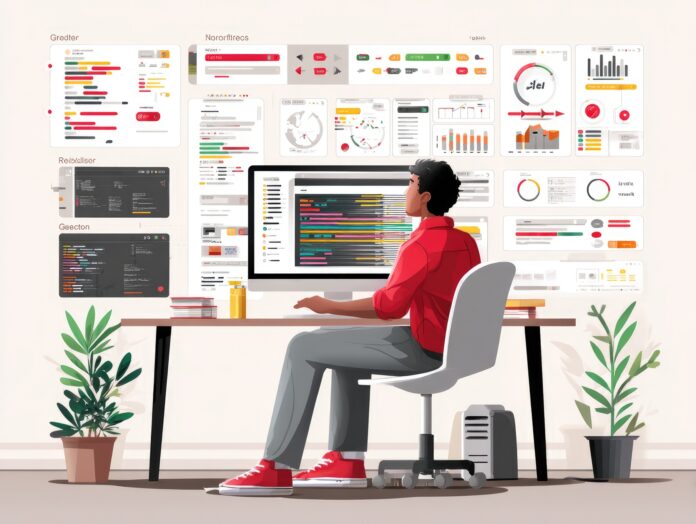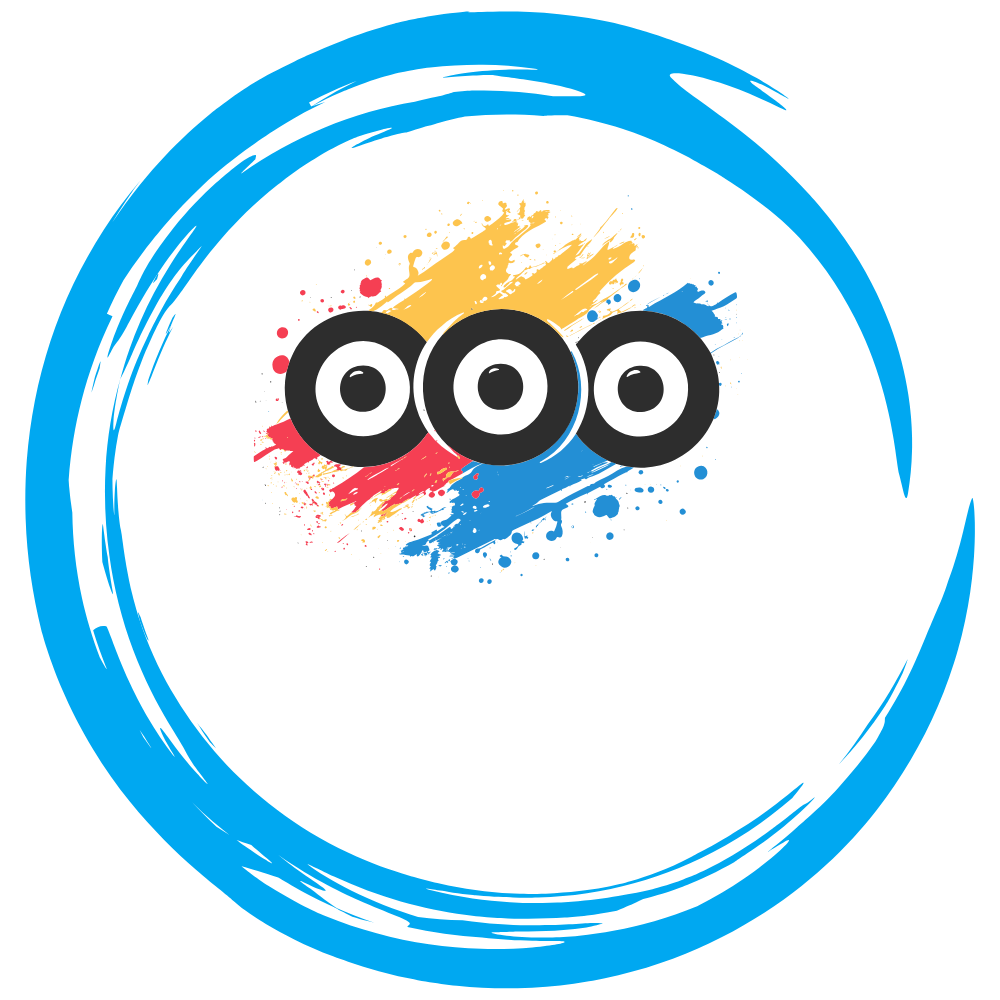In the ever-evolving landscape of software development, few methodologies have sparked as much debate and introspection as Test-Driven Development (TDD). Once revered as a cornerstone of clean, intentional code, TDD has, in recent years, faced increasing scrutiny. Originally part of the Extreme Programming (XP) movement, TDD insists that tests come first—a seemingly counterintuitive mandate that dramatically shifted how engineers approach coding.
Yet here in 2025, as developers are empowered by AI-assisted tooling, powerful observability platforms, and increasingly agile workflows, the question has resurfaced: Is TDD dead?
What TDD Was Meant to Solve
TDD relies on a three-step cycle: Red → Green → Refactor. Start with a failing test (Red), write the simplest code to make it pass (Green), then clean up the code while keeping tests intact (Refactor). The benefits were clear:
- Cleaner code architecture through modular, single-responsibility functions
- Fewer bugs by validating expected behaviors up front
- Better understanding of requirements, as tests serve as both validator and documentation
- Higher confidence when refactoring, thanks to the safety net of passing tests
TDD wasn’t just about testing—it was about changing the way developers thought about code. It encouraged minimalism, clarity, and courage to refactor.
Why TDD Lost Ground
Despite its ideals, TDD isn’t always practical. Over the last decade, various challenges have caused teams to reassess:
- Rapid iteration cycles favor shipping fast and testing later
- Prototyping-heavy workflows make early testing feel premature
- Increased code volatility can make maintaining test suites expensive and time-consuming
- Smarter tooling and AI copilots reduce the need for handcrafted safety nets
- Strongly typed languages now catch many issues at compile time, reducing reliance on unit tests
In short, many teams test strategically but not necessarily through TDD. The phrase “test later if needed” has replaced “test first, always.”
The Modern Testing Ecosystem
Developers today have access to a broader and more nuanced set of tools:
- BDD (Behavior-Driven Development): Captures tests as human-readable scenarios
- Property-Based Testing: Validates behavior across a range of inputs, not just single cases
- Contract Testing: Ensures consistency between microservice interfaces
- Snapshot Testing: Common in front-end frameworks to detect UI regressions
AI has added a new layer: tools like CodiumAI, Copilot, and Testim now generate test cases automatically, helping reduce the cost of writing and maintaining tests. The emergence of autonomous testing systems means that some of TDD’s labor is now offloaded to machines.

And thanks to the rise of observability platforms, developers can detect issues in real time with logs, traces, and metrics—further challenging TDD’s necessity.
Where TDD Still Excels
While TDD may not be mainstream in every workflow, it shines in particular contexts:
- Regulated industries: In healthcare, fintech, or aviation, predictable and validated behavior is non-negotiable
- Legacy codebases: Safely refactoring untested code is risky—TDD provides a clear, safe entry point
- API-first design: Writing tests before implementation clarifies interface expectations
- Teaching environments: Demonstrating software design, testability, and modularity
In these cases, TDD isn’t old-fashioned—it’s indispensable.
Reframing the TDD Philosophy
Today’s teams don’t have to choose between all-or-nothing TDD. Instead, they’re adopting a test-conscious mindset: designing for testability, writing tests when they add value, and avoiding dogma.
Test-aware development means recognizing where tests are crucial, where they’re optional, and how to balance them with speed and maintainability. This evolution allows for smarter decisions and greater agility without abandoning quality.
TDD in an AI-Driven World
The fusion of TDD with automation and AI is where things get truly interesting. Tools like Katalon, Testim, and Mabl provide intelligent orchestration of tests across platforms. AI not only suggests test cases but also adapts them to code changes, improving long-term resilience.
This shift turns TDD into a strategic layer of quality engineering, not just a developer ritual. Tests are written by humans, refined by machines, and executed continuously in CI/CD pipelines.
As AI gets better at suggesting edge cases and simulating user behavior, the role of the human developer will shift toward guiding intent, validating outcomes, and ensuring ethical standards.
Final Thoughts
So, is TDD dead in 2025? No. It’s simply been reimagined.
TDD is no longer a one-size-fits-all solution, but a powerful technique for specific contexts. While not always the default workflow, it’s far from irrelevant. Its core principles—clarity, feedback, and trust in code—are more valuable than ever in an era of fast-moving releases and intelligent systems.
Whether you’re shipping microservices, building mission-critical applications, or teaching the next generation of devs, TDD remains a vital part of the engineering toolbox. Alive, evolved, and intelligently augmented.



